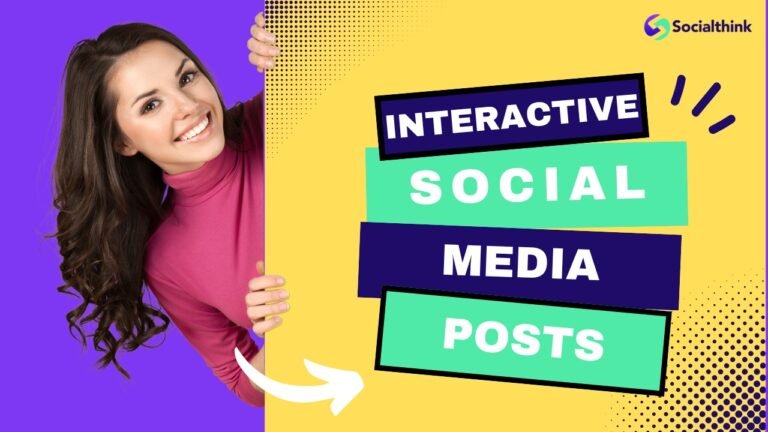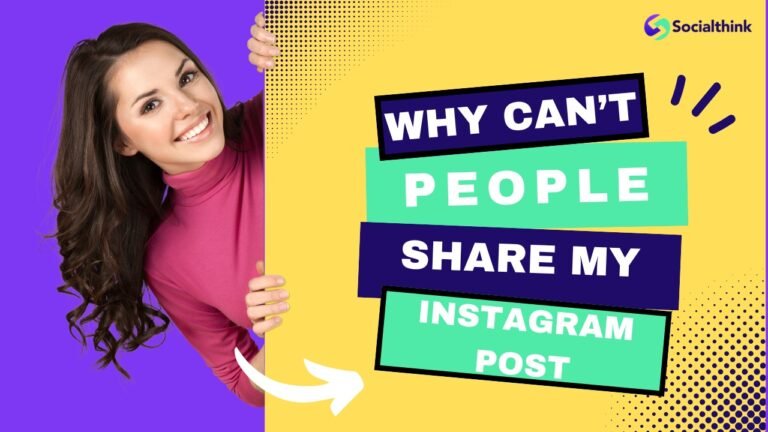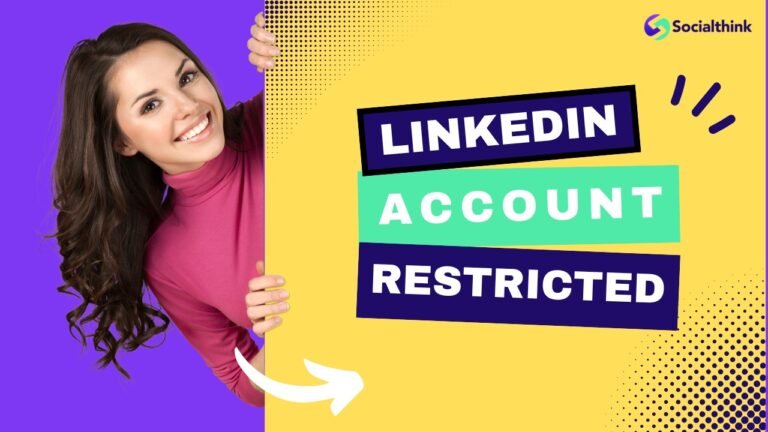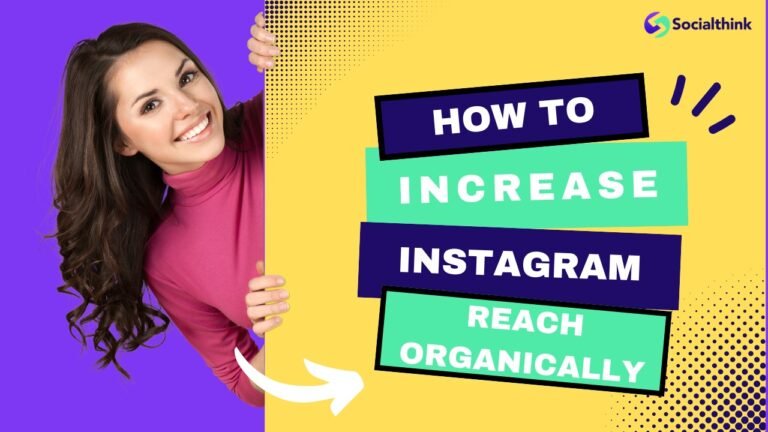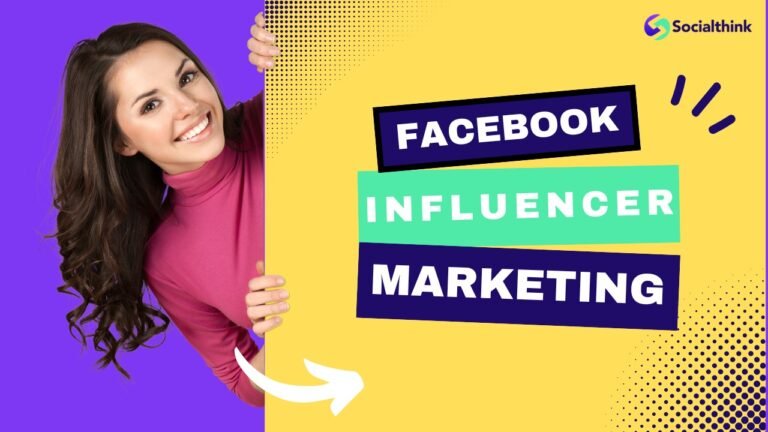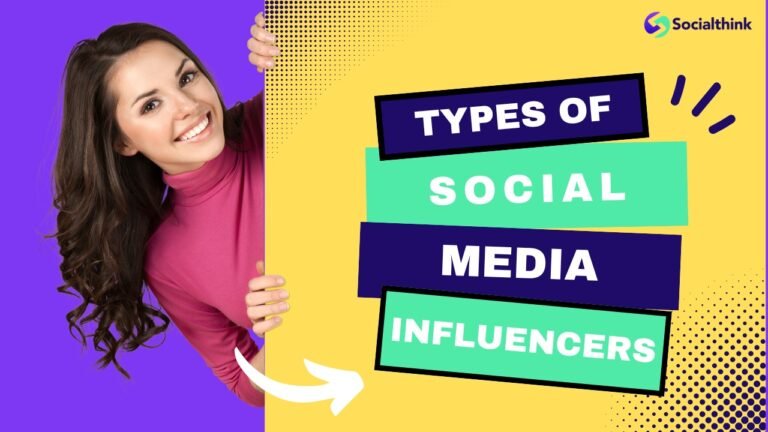Facebook vs Instagram Ads: Which Platform is Better?
At Social Think, we specialize in social media strategy, analytics, and insights to drive business results.
As a leading expert in social media advertising, we often get asked about the differences between Facebook and Instagram ads. Both platforms offer powerful tools for reaching your target audience, but which one is right for your brand?
In this article, we’ll delve into the key differences between Facebook and Instagram ads, helping you make an informed decision about where to allocate your advertising budget.
The Basics of Facebook Ads and Instagram Ads
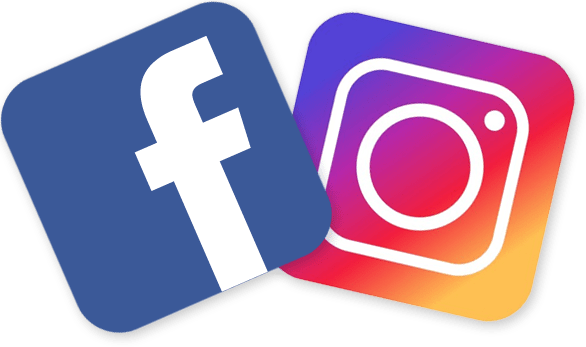
Before we dive into the comparison, let’s cover the basics of each platform.
What Are Facebook Ads?

Facebook ads are a form of social media advertising that allows businesses to create and display ads on the Facebook platform. With over 2.7 billion monthly active users, Facebook offers an enormous user base for advertisers to target potential customers. Facebook ads can be used for various objectives, including brand awareness, website clicks, and conversions.
What Are Instagram Ads?

Instagram ads are a form of social media advertising that allows businesses to create and display ads on the Instagram platform. With over 1.2 billion active users, Instagram offers a significant user base for advertisers
Instagram advertising, also known as Instagram ads, is a popular form of social media advertising that allows businesses to promote their products or services on the platform. Instagram ads are known for their visually appealing format, making them ideal for businesses with strong visual content.
Facebook Vs Instagram Ads
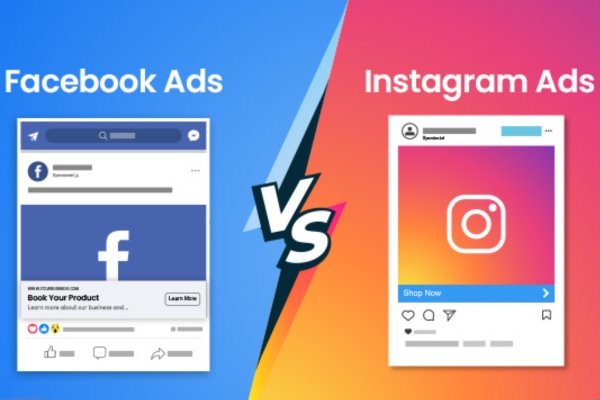
Now that we’ve covered the basics, let’s compare Facebook and Instagram ads across various key metrics.
Reach
Facebook boasts a larger user base with over 2.8 billion monthly active users, while Instagram has around 1 billion. However, Instagram’s user base is growing rapidly, especially among younger demographics.
Cost
The cost of Facebook and Instagram ads varies depending on factors like targeting options, ad formats, and bidding strategies. Generally, Instagram ads tend to be more expensive than Facebook ads, especially for video ads. However, both platforms offer a range of ad types, including various content types, and targeting options to help you optimize your advertising budget.
ROI (Return On Investment)
Both Facebook and Instagram offer robust analytics tools to track the ROI of your ad campaigns. While ROI can vary depending on your specific goals and targeting options, Facebook tends to offer better ROI for small businesses due to its lower cost and broader reach.
Targeting Options
Facebook offers more advanced targeting options, including detailed demographics, interests, behaviors, and life events. Instagram’s targeting capabilities are robust but slightly more limited compared to Facebook.
Engagement
Instagram typically sees higher engagement rates, particularly with visual content and Instagram Stories. Facebook, however, offers a wider variety of ad formats that can drive different types of engagement.
Buyer Intent
Facebook is generally better for targeting users with high buyer intent, as it offers more advanced targeting options based on user behavior and interests. Instagram, on the other hand, is better for targeting users based on demographics and interests.
Ad Formats
Both Facebook and Instagram offer a range of ad formats, including image ads, video ads, and carousel ads. Instagram is known for its visually appealing ad formats, making it a better choice for businesses with strong visual content.
Demographics & Audiences
Both Facebook and Instagram offer advanced demographic targeting options, including age, gender, location, and interests. Facebook also offers targeting based on life events and user behavior, making it a better choice for businesses that want to target specific demographics.
Campaign Features
Both Facebook and Instagram offer robust campaign features, including ad scheduling, budgeting, and targeting options. Facebook also offers more advanced features, such as automatic placements and ad set optimization.
Ease of Use
Both Facebook and Instagram offer user-friendly ad managers that make it easy to create and manage ad campaigns. Facebook’s ads manager is more comprehensive, offering more advanced features and targeting options.
Tracking Results on Facebook Ads vs Instagram Ads
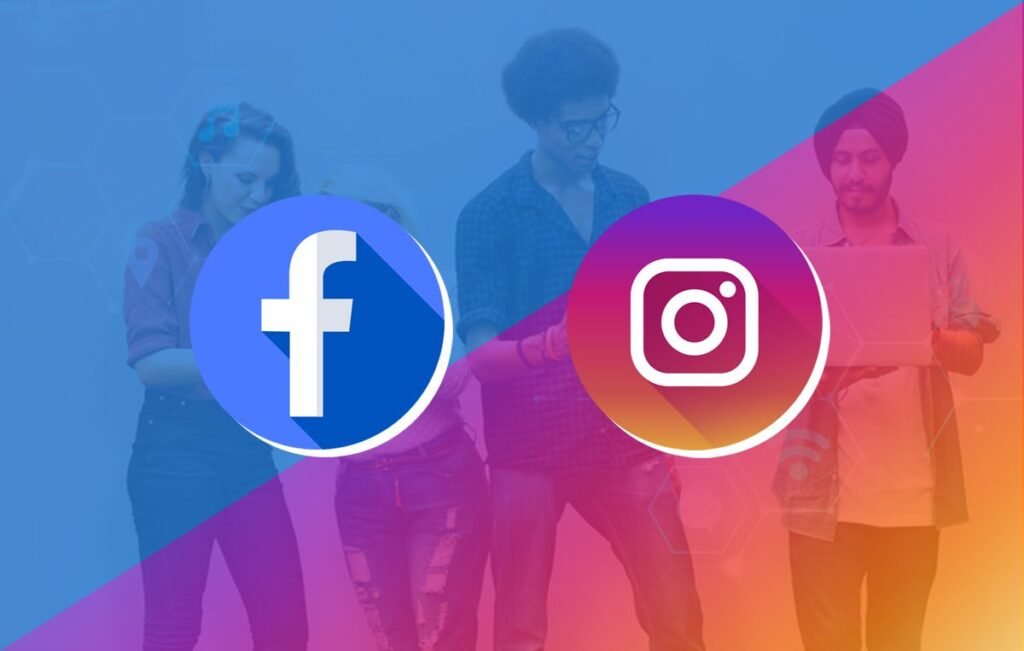
To effectively track results on Facebook and Instagram, utilize the Facebook Ads Manager. This powerful tool provides detailed insights into your ad performance across both platforms.
Here’s how to make the most of it:
- Access the Ads Manager dashboard to view key metrics like reach, impressions, clicks, and conversions for your campaigns.
- Use the breakdown feature to analyze performance by factors like age, gender, placement, and device.
- Set up custom conversions to track specific actions that matter to your business goals.
- Monitor your frequency to ensure you’re not oversaturating your audience.
- Keep an eye on your relevance score, which indicates how well your ad resonates with your target audience.
- Utilize the Facebook Pixel on your website to track user behavior and conversions from your ads.
- Regularly check your Instagram Insights for organic post-performance to inform your paid strategy.
How to Run Successful Tests on Facebook and Instagram?
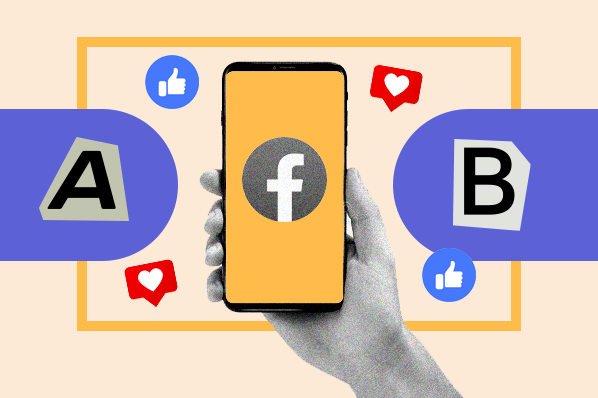
Running effective tests on Facebook and Instagram is important for optimizing your ad performance. Here’s a strategic approach:
- Start with clear objectives for each test, whether it’s improving click-through rates, reducing cost per acquisition, or increasing engagement.
- Use A/B testing to compare different ad elements:
- Test various ad formats (single image, carousel, video)
- Experiment with different ad copy and calls-to-action
- Try different visuals or video lengths
- Test one variable at a time to accurately measure its impact on performance.
- Ensure your test groups are large enough to yield statistically significant results.
- Run tests for an adequate duration – typically at least a week – to account for daily fluctuations.
- Use Facebook’s split testing feature to automatically divide your audience and compare results.
- Test different targeting options to find your most responsive audience segments.
- Experiment with various bidding strategies to optimize your budget allocation.
- Try different ad placements to see where your ads perform best (e.g., feed vs. stories).
- Continuously iterate on your top-performing ads to further improve results.
Remember, successful testing is an ongoing process. Regularly analyze your results, apply your learnings, and continue refining your approach to achieve better outcomes on both Facebook and Instagram.
How to Manage Ads in Both Platforms?
Managing ads on both Facebook and Instagram requires a clear understanding of each platform’s unique features and targeting options. You should also use both platforms’ ad managers to track and optimize your ad campaigns.
Pros and Cons of Facebook Ads
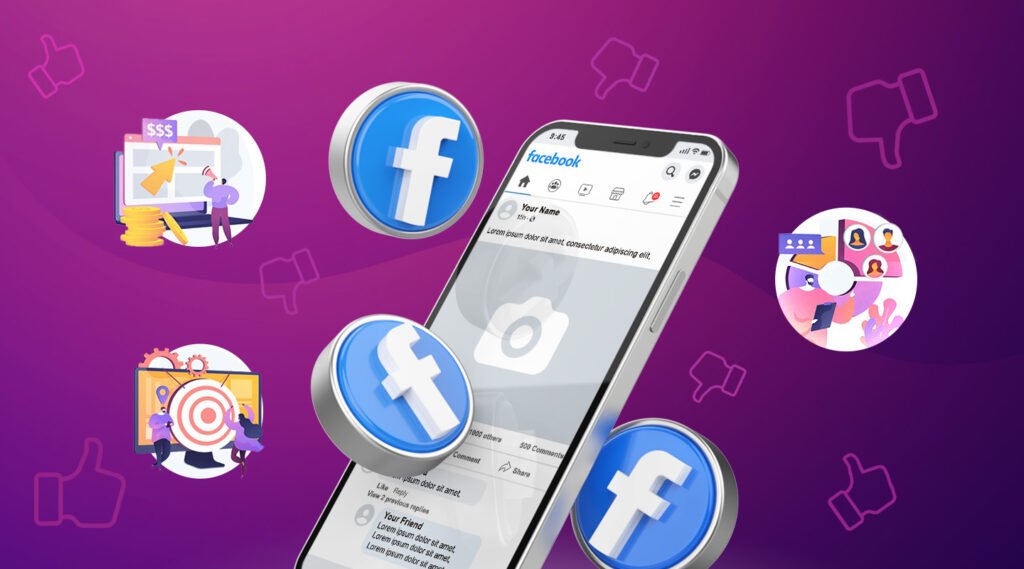
Pros:
- Larger user base
- More advanced targeting options
- Variety of ad formats
- Comprehensive analytics
Cons:
- Lower engagement rates
- Ad fatigue among users
- More competitive ad space
Pros and Cons of Instagram Ads

Pros:
- Higher engagement rates
- Visually appealing ad formats
- Strong presence among younger demographics
- Less saturated ad space
Cons:
- Smaller user base compared to Facebook
- Limited clickable links (mainly in Stories)
- Higher cost-per-click
Which Platform is Right For My Brand?
The choice between Facebook and Instagram ads depends on your specific business goals and target audience. If you want to reach a broader audience and optimize for ROI, Facebook may be the better choice. If you want to target a younger demographic with visually appealing ad formats, Instagram may be the better choice for your brand’s presence on social networks.
How Can I Use Facebook and Instagram Ads in Tandem?
Using Facebook and Instagram ads in tandem can help you reach a broader audience and optimize your advertising budget. You can use Facebook to target users with high buyer intent and Instagram to target users based on demographics and interests.
Tips For Seamlessly Integrating Ads Across Both Platforms
- Maintain consistent branding and messaging
- Tailor content to each platform’s strengths
- Use cross-platform retargeting
- Leverage user-generated content across both networks
- Optimize ad spend based on performance data
Are Facebook Ads and Instagram Ads the Same?
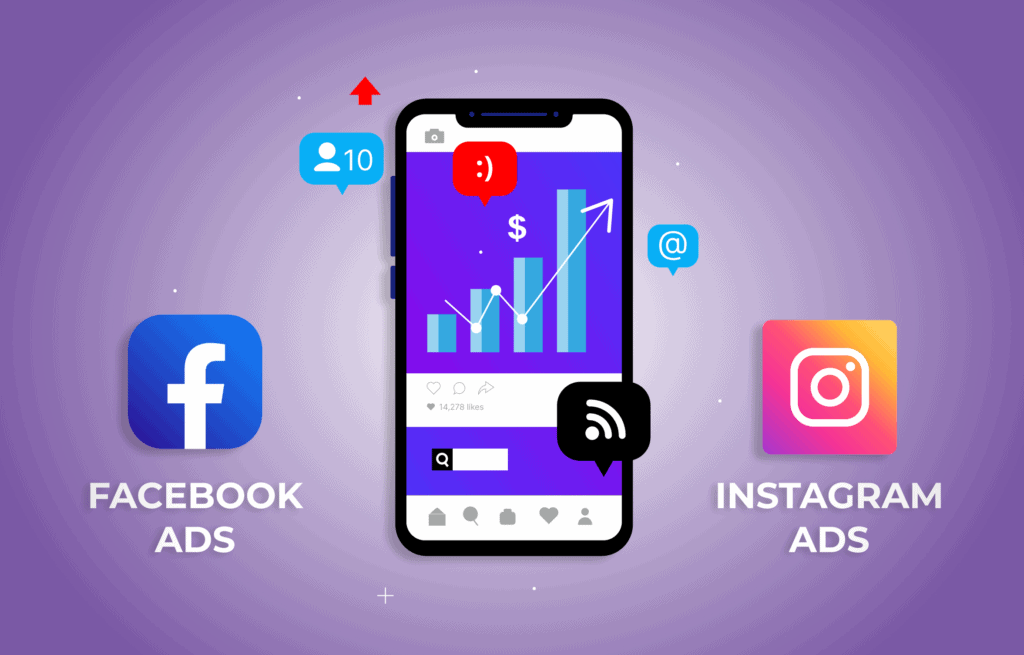
Facebook Ads and Instagram Ads are related but not identical. Here’s a breakdown of their similarities and differences:
Similarities:
- Platform Integration: Both are managed through Facebook’s Ads Manager, which allows advertisers to create, manage, and analyze campaigns across both platforms.
- Targeting Options: They share the same advanced targeting options, including demographics, interests, behaviors, and custom audiences.
- Ad Formats: They offer similar ad formats, such as photo ads, video ads, carousel ads, slideshow ads, and collection ads.
- Budget and Bidding: Budgeting and bidding strategies are similar, allowing for daily or lifetime budgets and different bidding options.
- Analytics: Both provide detailed analytics and insights through Facebook Ads Manager, allowing advertisers to track performance and optimize campaigns.
Differences:
- Audience: While there is overlap, the primary user base for each platform can differ. Instagram tends to have a younger audience, whereas Facebook’s user base is more diverse in terms of age.
- User Experience: Instagram is a more visually focused platform, which means ads need to be highly visual and aesthetically appealing. Facebook supports more varied content types, including text-heavy posts.
- Ad Placements: Some ad placements are unique to each platform. For example, Instagram has Story Ads and Explore Ads, while Facebook has Right Column Ads and Marketplace Ads.
- Engagement Patterns: User engagement patterns differ, with Instagram users typically engaging more with visual content and Stories, whereas Facebook users might engage more with shared articles, groups, and event-related posts.
While they share many tools and features, the differences in audience behavior and platform dynamics mean that successful ad strategies might need to be tailored specifically for each platform.
FAQ’s:
Is Facebook Ads Better Than Instagram Ads?
Facebook ads are better for reaching a broader audience and optimizing for ROI, while Instagram ads are better for targeting a younger demographic with visually appealing ad formats.
Do Instagram Ads Cost More than Facebook Ads?
Yes, Instagram ads tend to be more expensive than Facebook ads, especially for video ads. Facebook tends to offer better ROI for small businesses due to its lower cost and broader reach.
How Do Instagram Stories Compare With Facebook Ads in Engagement?
Instagram Stories tend to have higher engagement rates than Facebook ads, making them a better choice for businesses that want to increase engagement.
Can I Target the Same Audience on Both Facebook and Instagram?
Yes, you can target the same audience on both Facebook and Instagram using both platforms’ advanced targeting options.
Which is the Better Between Instagram and Facebook Ads?
The choice between Instagram and Facebook ads depends on your specific business goals and target audience.
What Are the Alternatives to Instagram and Facebook Ads?
Alternatives to Instagram and Facebook ads include Google Ads, Twitter Ads, and other social media advertising platforms.
Conclusion
In conclusion, both Facebook and Instagram ads offer powerful tools for reaching your target audience and driving business results.
Understanding the significant variances between the two platforms allows you to make a knowledgeable choice on how to distribute your advertising funds.
At Social Think, we specialize in social media strategy, analytics, and insights to drive business results.
Contact us today to learn more about how we can help you optimize your social media advertising campaigns.


